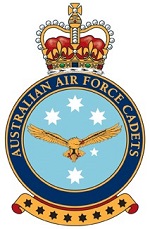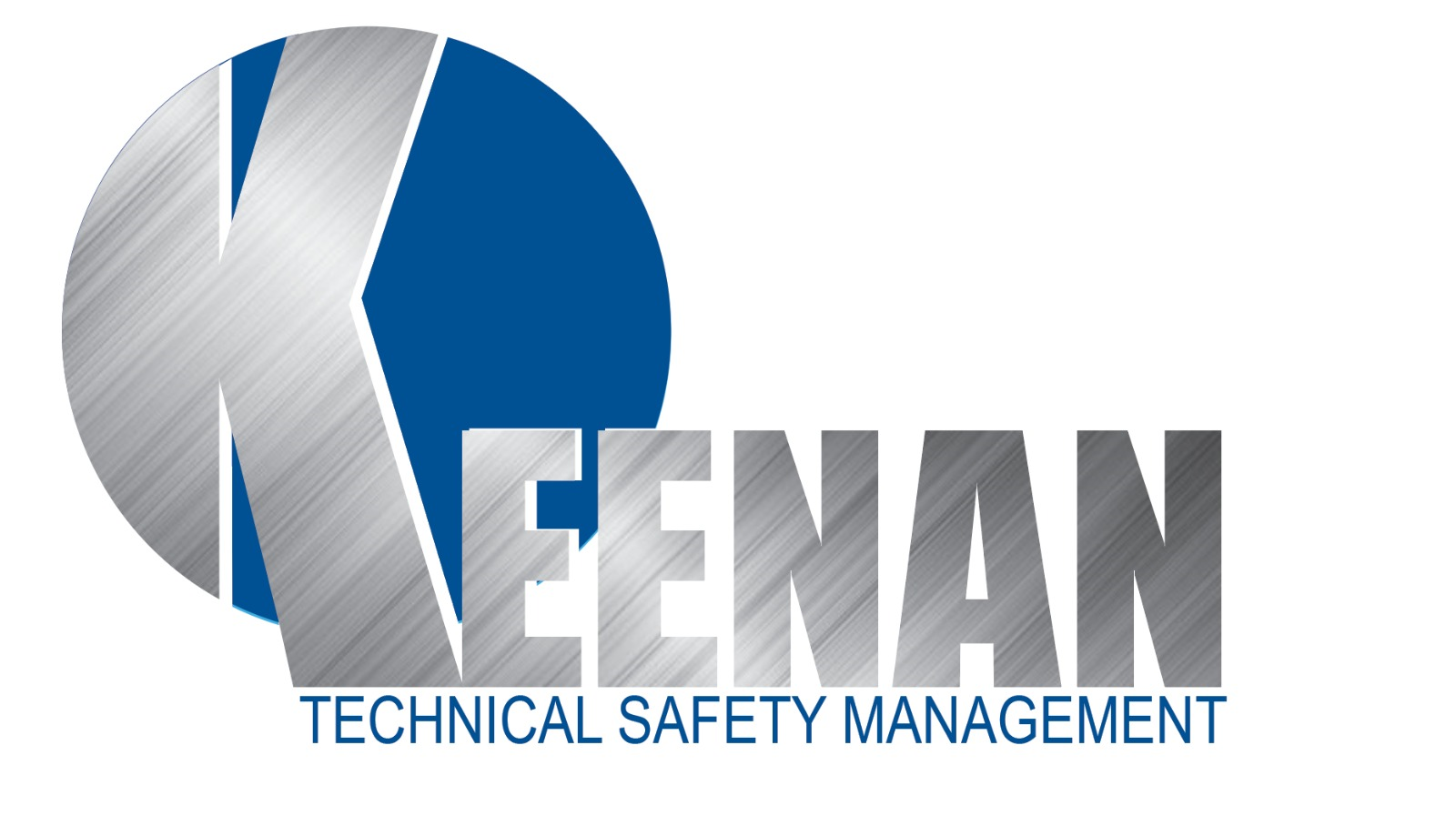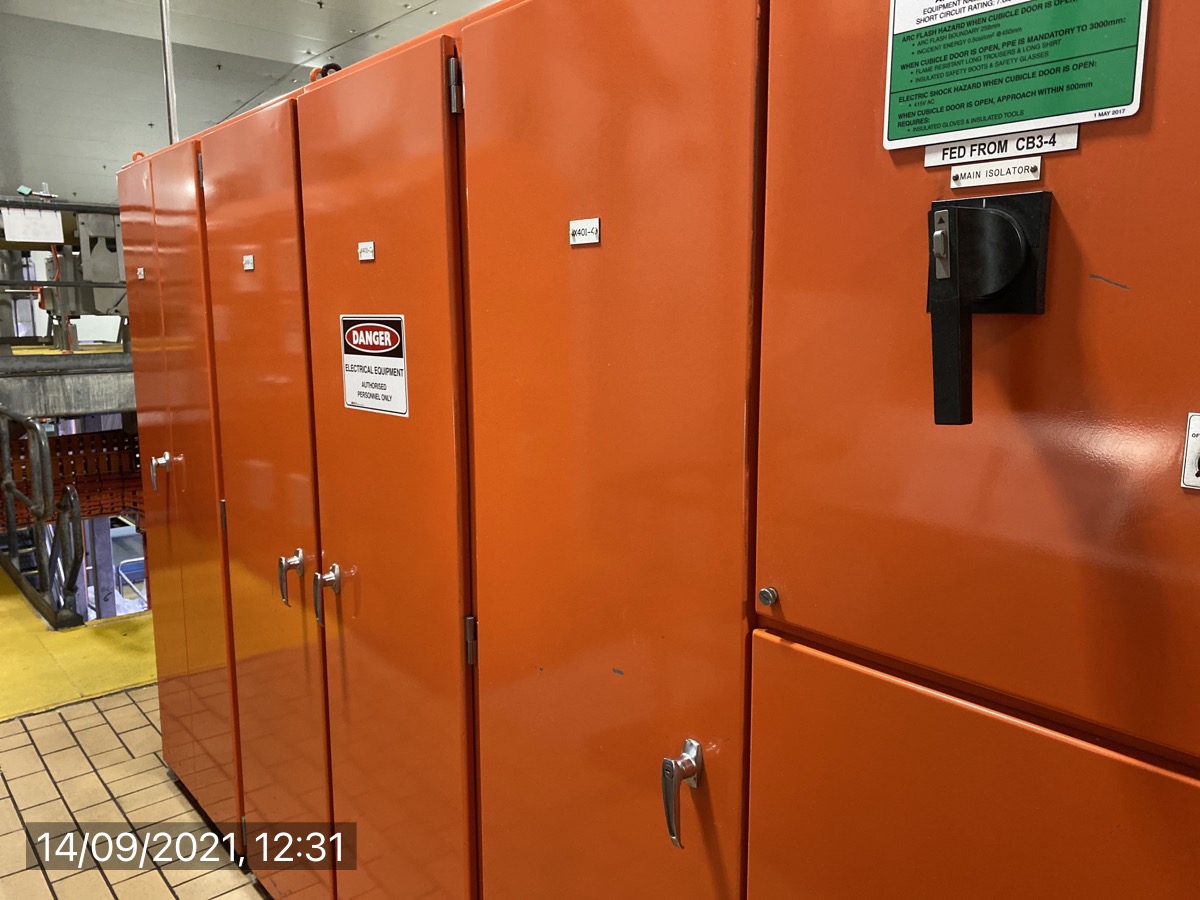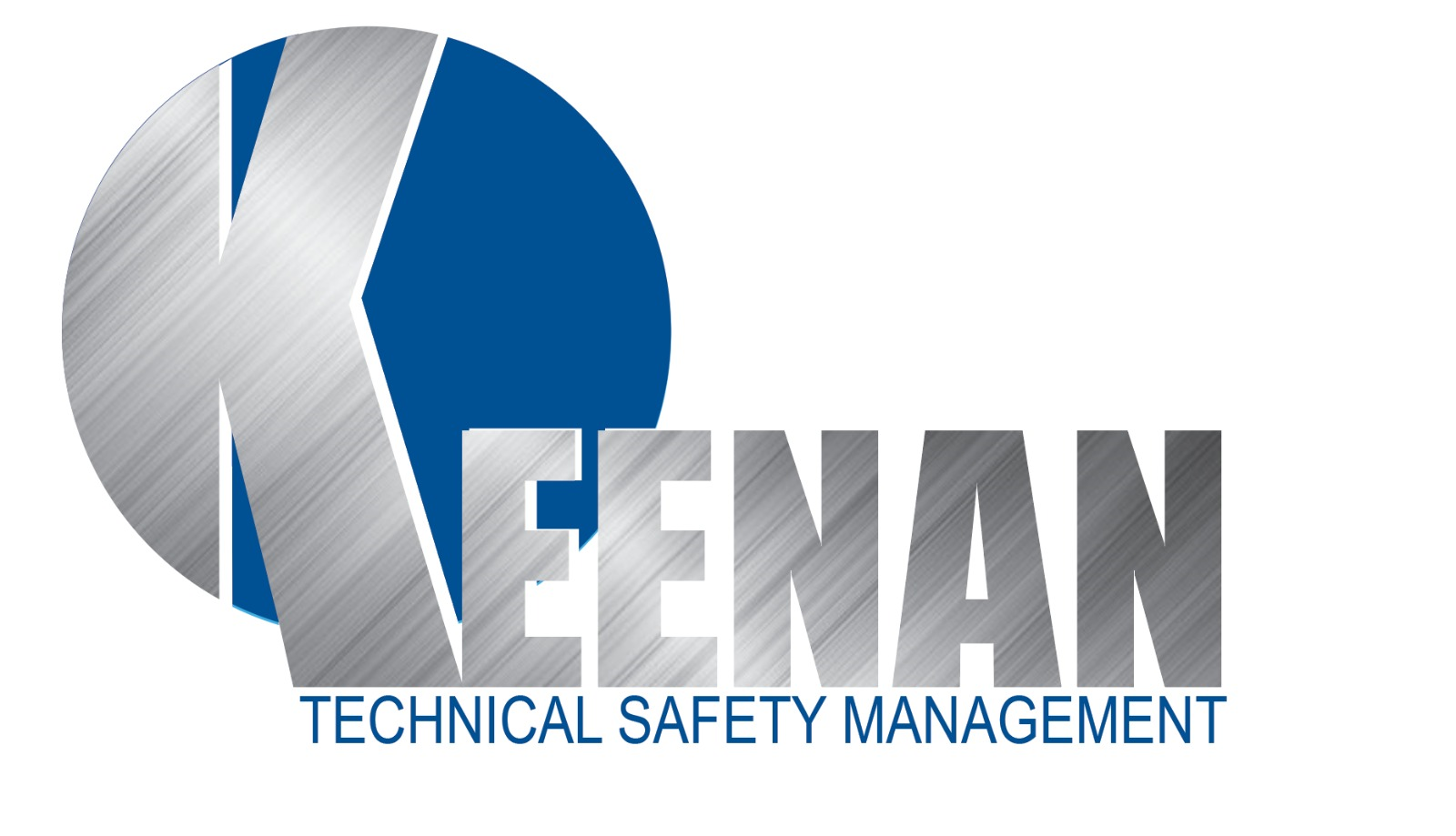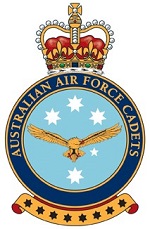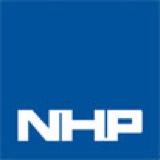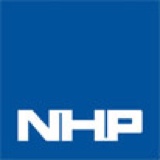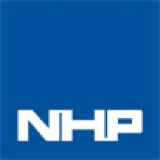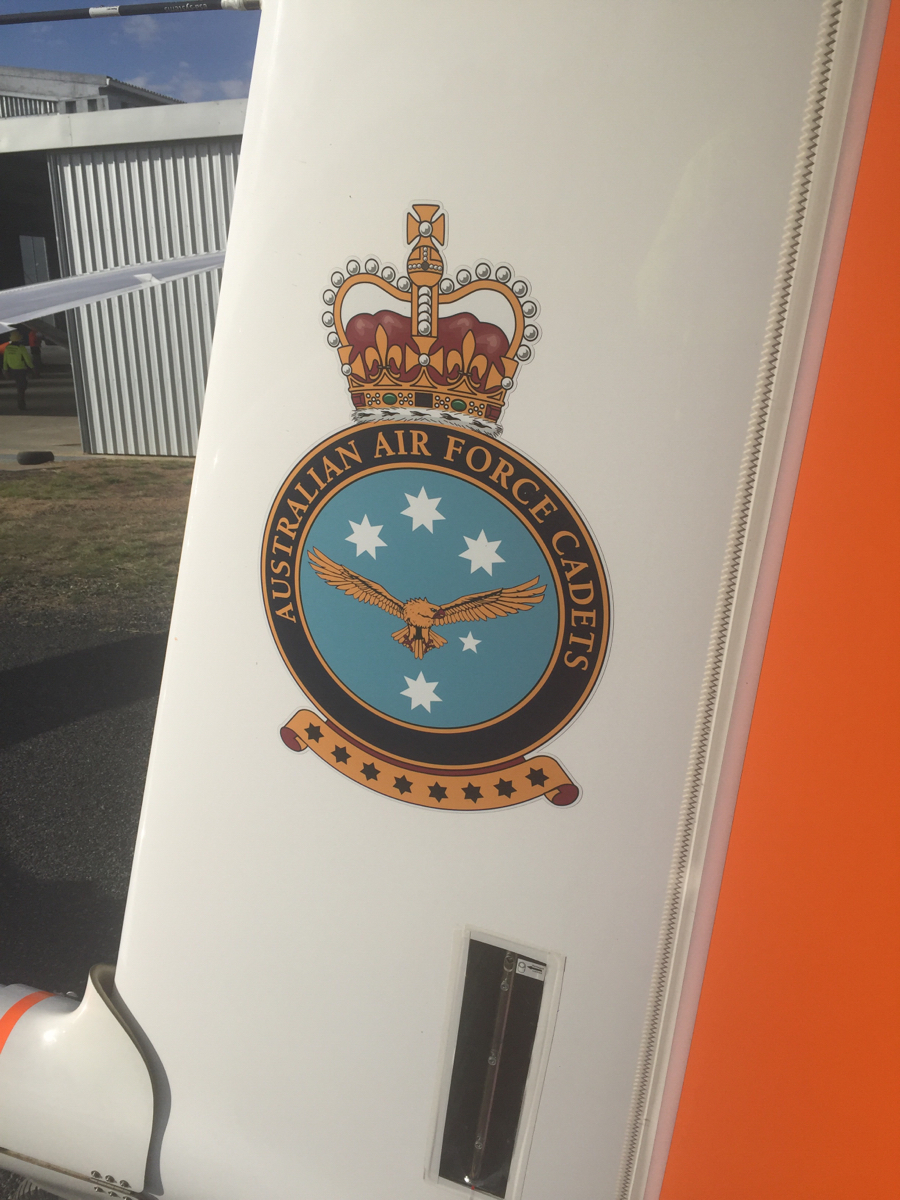Title Page
-
Document No.
-
AAFC Workplace Safety Inspection
-
Client / Site
-
Conducted on
-
Prepared by
-
Location
-
Personnel
AAFC Workplace Safety Inspection - Annual (min)
List of Contents 1 Access and Egress 2 Accommodation 3 Amenities 4 Building Safety 5 Electrical (General) 6 Ergonomics 7 Fire Safety and Emergency 8 First Aid 9 Kitchen/Mess 10 Lighting 11 Machines and Tools 12 Manual Handling 13 Noise 14 Parks/Paths/Parkways 15 Personal Protective Equipment 16 Plant 17 Safety Signs/Posters 18 Storage (General) 19 Training 20 Transport Note: The workplace inspection checklists summarise the main points to consider when conducting a safety inspection. Not all details will be applicable to all workplaces, if this is the case mark N/A on the applicable question, or the applicable checklist/s. Once checklists have been completed details are to be discussed and then documented as part of Unit WHS Committee meetings.
Access & Egress Checklist No. 01
-
Have mandatory signs on entry and exit points been posted? <br>
-
Are access and egress roads and pathways adequately illuminated? <br>
-
Do access/egress points allow people to move in a free and unobstructed manner? <br>
-
Are paths around the building in good condition and unobstructed? <br>
-
Where necessary, do access/egress points have emergency lighting? <br>
-
Is the flooring at the access/egress point in good condition? <br>
-
Are emergency exit points available, unobstructed, and in good condition? <br>
-
Do floors and walkways have even surfaces? <br>
-
Are floors and aisles cleared of rubbish, materials and equipment? <br>
-
Is the walkway free of electrical cords? <br>
-
Can exit doors be opened from the inside? <br>
-
Are wet surfaces covered with non-slip material? <br>
Accomodation (SQN Buildings) Checklist No. 02
-
Are power points in good condition? <br>
-
Are there sufficient power points? <br>
-
Are extension cords in good condition? <br>
-
Are light globes fitted securely? <br>
-
Is the lighting sufficient for purpose/task? <br>
-
Are electrical appliances placed away from sinks, bathtubs? <br>
-
Are electrical appliances, and their cords, in good condition and inspected regularly? <br>
-
Have smoke detectors been installed? <br>
-
Are household chemicals stored in a safe manner? <br>
-
Are surfaces and equipment kept in a clean condition? <br>
Amenities Checklist No.03
-
Are there adequate toilet/shower/washing facilities? <br>
-
Are all toilets/showers clean, private and well ventilated? <br>
-
Is there at least one basin with hot and cold running water for every 15 AAFC Staff and Cadets? <br>
-
Is soap (or soap dispensers) provided? <br>
-
Are hand drying facilities available? <br>
-
Are floors treated to avoid slips due to water spillage? <br>
-
Is sanitary disposal in place and serviced regularly? <br>
-
Are amenities cleaned regularly? <br>
Building Safety Checklist No.4
-
Is space adequate for people and equipment?<br>
-
Are floors clear of wires and small objects which may pose a trip hazard?<br>
-
Are sharp edges and projections covered and enough space allowed around these?<br>
-
Is equipment properly guarded or screened where needed?<br>
-
Is the temperature comfortable?<br>
-
Is there sufficient air without draughts?<br>
-
Does the atmosphere feel dry and stuffy?<br>
-
Are lighting levels adequate in all areas?<br>
-
Could a better planned layout provide more space?<br>
-
Could proper storage help to clear floor space?<br>
Electrical (General) Checklist No. 05
-
Is the main switch/circuit breaker clearly labelled and easily accessible? <br>
-
Are power outlets in good working order? <br>
-
Are power leads and double adaptors in good condition? <br>
-
Are there sufficient power outlets? <br>
-
Are notices and instruction provided/clearly displayed on treatment of electrical shock? <br>
-
Have protocols been established for inspection of electrical equipment, appliances and tools? <br>
-
Is there a register of all electrical equipment, appliances and tools used in the workplace? <br>
-
Is the practice of working on live conductors and circuits prohibited? <br>
-
Is battery charging performed in well ventilated spaces? <br>
Ergonomics Checklist No. 06
-
Are workstations easily accessible? <br>
-
Are workstation areas/desks free from clutter? <br>
-
Is there adequate storage for papers, books and/or implements? <br>
-
Is all furniture in good repair? <br>
-
Is there ready access to a power point from workstation/s? <br>
-
Are all cords/wires out of the way? <br>
-
Are desktop machines placed so they cannot fall off? <br>
-
Is office equipment accessible to allow ease of use? <br>
-
Is the noise level from the equipment acceptable? <br>
-
Does the equipment give a clear indication of whether it is on/off? <br>
-
Are power cords between workstation/s appropriately covered to alleviate a possible trip hazard? <br>
-
Are photocopiers placed in a well ventilated position? <br>
Fire Safety & Emergency Checklist No. 07
-
Are fire exits clearly marked and easily identifiable and well lit? <br>
-
Are fire exits free from obstruction? <br>
-
Have fire safety and emergency personnel been appointed? <br>
-
Have fire safety and emergency personnel been trained? <br>
-
Have emergency procedures been prepared and are they displayed? <br>
-
Are the telephone numbers of emergency services and fire wardens clearly displayed? <br>
-
Are there regular emergency and fire evacuation practices? <br>
-
Are fire extinguishers available and easy to locate? <br>
-
Are the fire extinguishers suitable to the type of fire that may occur (e.g. Carbon dioxide for electrical fires)? <br>
-
Are fire extinguishers serviced regularly? <br>
-
Are smoke detectors installed? <br>
-
Is a fire sprinkler system installed? <br>
-
Are fire sprinklers unobstructed? <br>
-
Are hose reels available and connected to water supply? <br>
-
Is access to the hose reels unobstructed? <br>
-
Are fire hoses conveniently located in major corridors? <br>
First Aid Checklist No. 08
-
Are First Aid officers appointed? <br>
-
Are the names of First Aid officers displayed? <br>
-
Are First Aid kits fully available and fully stocked? <br>
-
Are First Aid kits readily accessible? <br>
-
Are the contents of the First Aid kits checked regularly? <br>
-
Are First Aid kits replenished as necessary? <br>
-
Is a nominated person responsible for maintenance of First Aid kit? <br>
-
Are First Aid staff aware of possible emergency scenarios? <br>
-
Are First Aid rooms appropriately equipped? <br>
-
Are emergency contact telephone numbers clearly displayed? <br>
-
Are records maintained by First Aid officers for treatment given? <br>
-
Is a record of all First Aid treatment given maintained? <br>
Kitchen / Mess Checklist No. 09
-
Is the kitchen/amenities area kept clean? <br>
-
Is adequate refrigeration provided for storage of meats, dairy products, etc? <br>
-
Are the food storage systems easy to clean and properly maintained? <br>
-
Is food maintained at a suitable temperature to avoid contamination? <br>
-
Is safe, cool drinking water available? <br>
-
Are benches and floors clean and in good repair? <br>
-
Are kitchen appliances and whitegoods clean? <br>
-
Are there suitable receptacles available for food waste and is the waste disposed of regularly and appropriately? <br>
-
Are eating facilities clean and sanitary? <br>
-
Are adequate facilities available for hygiene of staff (i.e. soap, hot water, and hand drying facilities)? <br>
-
Does all kitchen staff wear appropriate hats, gloves, etc for food handling? <br>
-
Is there adequate and suitable storage for cooking equipment / utensils? <br>
Lighting Checklist No. 10
-
Are all areas adequately lit (i.e. appropriate to task being undertaken)? <br>
-
Is natural light utilised to best advantage? <br>
-
Is task lighting available where required? <br>
-
Is glare created by unshielded lights, sunlight or from bright reflecting surfaces? <br>
-
Is there an emergency lighting system that is adequately maintained? <br>
-
Are light fittings/switches suitably located? <br>
-
Are light fittings and switches in good working order? <br>
-
Are all the light fittings shielded with a good cover? <br>
-
Is there a program for the replacement of all bulbs and tubes at regular periods? <br>
-
Are fittings accessible for routine maintenance? <br>
-
Are illuminated signs and notices in lift-ways and exits in working order? <br>
Machines & Tools No. 11
-
Are all machines built in accordance with relevant Australian Standards? <br>
-
Are machines appropriate for the area of use? <br>
-
Are all operators trained to use machines? <br>
-
Are all machines that expose operators, and others, to rotating parts, pinch points, flying particles or sparks adequately guarded? <br>
-
Are machine guards and controls interlocked? <br>
-
Is the on / off switch clearly marked and close to the operator's work station? <br>
-
Are machines adequately maintained? <br>
-
Are isolation & tag-out routines in place? <br>
-
Are records kept of maintenance on machinery? <br>
-
Are emergency cut-offs switches located at suitable areas? <br>
-
Is the appropriate tool used? <br>
-
Are tools properly maintained? <br>
-
Does the operator use tools correctly? <br>
-
Are operators periodically evaluated on machine operation? <br>
Manual Handling Checklist No. 12
-
Have systems of work been implemented which eliminate the need to manually lift, carry push or drag heavy loads? <br>
-
Has an assessment been conducted to determine whether the demands of the task are within the physical capacity of the employee? <br>
-
Have systems of work eliminated the need for prolonged bending, reaching and twisting movements? <br>
-
Have employees received appropriate training in hazards and/or techniques relating to manual handling? <br>
-
Have employees been trained in the principles of team lifting? <br>
Noise Checklist No. 13
-
Are noise hazard signs placed on all machines producing greater than 85 dBA? <br>
-
Have hearing protection areas/tasks been identified? <br>
-
Is the entrance to a hearing protection area posted with appropriate warning signs? <br>
-
Are noise assessments undertaken regularly (not less than once every five years)? <br>
-
Is an audiometric examination program in place? <br>
-
Has any person made a comment/complaint about excessive noise in the workplace? <br>
Parks / Paths / Roadways Checklist No. 14
-
Are the surfaces of parks/paths and roadways even? <br>
-
Are paths and roadways free from cracks or holes? <br>
-
Are paths and roadways free from obstructions? <br>
-
Are handrails provided for steps? <br>
-
Are warning signs displayed on potentially hazard areas (i.e. 'slippery when wet’)? <br>
-
Do sprinkler systems operate without causing hazardous situations? <br>
-
Is adequate illumination provided for safety and security of personnel? <br>
-
Are adequate pedestrian crossings provided? <br>
-
Are warning signs displayed and adequate when maintenance operations are in progress? <br>
-
Are playing fields free from cracks, holes and irregular surfaces? <br>
Personal Protective Equipment Checklist No.15
-
Are areas/tasks designated for use of personal protective equipment clearly marked/signed? <br>
-
Is appropriate personal protective equipment available? <br>
-
Are approved safety glasses required to be worn at all times where there is a risk of eye injuries such as punctures, abrasions, contusions or burns? <br>
-
Are protective gloves, aprons, shields, or other means provided where there is possible exposure to corrosive liquids, chemicals, blood, or other infections materials? <br>
-
Is hearing protection provided and worn in designated hearing protection areas or undertaking noise generating tasks? <br>
-
Is appropriate foot protection required where there is the risk of foot injuries? <br>
-
Is personal protective equipment is in good repair? <br>
-
Are there appropriate procedures for disposing of or decontaminating/cleaning personal protective equipment? <br>
-
Is training provided on the correct use and maintenance of personal protective equipment? <br>
-
Does personal protective equipment comply with appropriate standards? <br>
Plant Checklist No. 16
-
Are plant records kept? <br>
-
Does the supervisor ensure personnel are competent before utilising plant? <br>
-
Are written procedures in place for the safe use and reporting of risks associated with plant? <br>
-
Is the plant used according to the manufacturer’s instructions and specifications? <br>
-
"Are inspections of plant and work areas conducted regularly? (regularly<br>– determined on the basis of risk assessment)" <br>
-
Can anyone be injured by electrical shock or burnt due to damage via poorly maintained electrical leads or cables? <br>
-
Can anyone using the plant, or in the vicinity of the plant, slip, trip or fall due to uneven or slippery work surfaces? <br>
-
Can anyone be injured due to design deficiency causing physical or personnel stress? <br>
-
Are all employees effectively trained in using the plant in the work area? <br>
-
Are maintenance records kept current and in an accessible location? <br>
-
Do plant records contain results of inspections and tests on plant? <br>
Safety Signage and Posters Checklist No. 17
-
Have easy to read warning signs been posted indicating the hazardous areas / tasks? <br>
-
Are emergency exit signs in place and easy to identify? <br>
-
Are signs / posters in a prominent position and easy to understand? <br>
-
Are signs / posters close to the source of the hazard? <br>
-
Are signs / posters adequately maintained / updated? <br>
Storage (General) Checklist No. 18
-
Is storage adequate to meet requirements? <br>
-
Is storage suitable for the purpose used? <br>
-
Are storage areas easily accessible? <br>
-
Are stacks stable? <br>
-
Is there safe storage for heavy items (in a low position)? <br>
-
Are the cupboards and shelves in good condition? <br>
-
Are shelves free from dust and rubbish? <br>
-
Are storage areas clearly identified? <br>
-
Are stored items checked for shelf life? <br>
-
Are stools and ladders available for obtaining items from high places? <br>
-
Are stools and ladders stable? <br>
-
Are mechanical devices provided for lifting and carrying heaving objects? <br>
Training Checklist No. 19
-
Are all new Officers of Cadets (OOCs), Instructors of Cadets (IOCs) and Cadets provided with induction training? <br>
-
Is WHS included in induction training for all OOCs, IOCs and Cadets? <br>
-
Does initial training include a thorough review of hazards and accidents associated with the job? <br>
-
Is training provided for the use of emergency equipment? <br>
-
Is there satisfactory task- related (including WHS) training? <br>
-
Have OOCs and IOCs attended WHS training? <br>
-
Are health and safety committee members adequately trained? <br>
-
Are training records maintained for all WHS training? <br>
-
Are all OOCs and IOCs aware of their WHS representative? <br>
-
Is refresher training provided on a regular basis? <br>
-
Is all training competency- based? <br>
Transport Checklist No. 20
-
Are all vehicles serviced regularly and maintained in a roadworthy state? <br>
-
Are systems in place which requires drivers to take appropriate breaks to avoid driver fatigue? <br>
-
Are all vehicles fitted with appropriate seat belts? <br>
-
Is there a system in place which ensures all accidents are reported? <br>
-
Are vehicles securely loaded? <br>
-
Are passengers prohibited from riding in dangerous positions? <br>
-
Is there a system to control on- site movements to avoid danger, including to pedestrians? <br>
-
Are all areas maintained regularly and kept in a clean condition? <br>
HAZCHEM Checklist No. 21
-
Are procedures in place to clean up spills?<br>
-
Are spill kits available (with appropriate spill containment material)?<br>
-
Are all gas cylinders securely restrained?<br>
-
Is access to ChemAlert readily available to all persons?<br>
-
Are Safety Data Sheets (SDS) available for all hazardous substances used?<br>
-
Are all hazardous substances recorded in the chemical register in ChemAlert?<br>
-
Have risk assessments been completed for the hazardous substances held and used?<br>
-
Are the amounts of chemicals used/stored kept to a minimum?<br>
-
Is appropriate PPE available, in good repair and being worn as per SDS requirements?<br>
-
Are all Safety Data Sheets (SDS) kept in the area dated as less than 5 years old?<br>
-
Are all hazardous substances safely stored and protected from damage?<br>
-
Is storage and consumption of food and drink prohibited in areas where hazardous substances are used / stored?<br>
